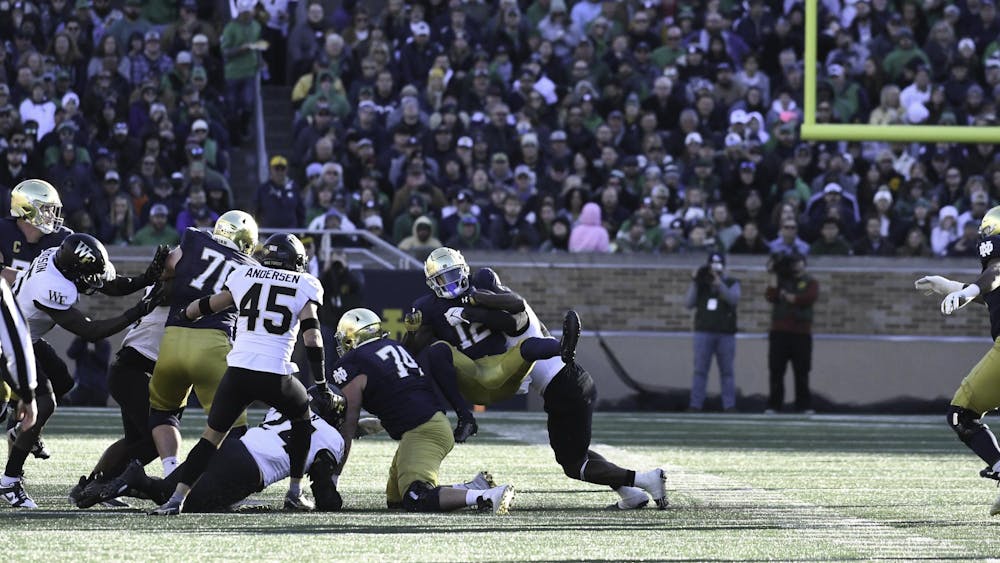We are currently in the third year of the relatively new four-team College Football Playoff format. The first two years of the format, there was little controversy in deciding who the four teams to participate in the playoff would be. That will all change this year.
Two teams already seem set: Alabama and Clemson. If those two teams win their conference’s championship game on Saturday, they will be set to make a return trip to the playoff. That leaves two spots up for grabs, and this is where things get complicated.
The Big Ten has surprisingly been one of the strongest conferences in the country this season. The best team in the Big Ten appears to be Ohio State, who just beat arch-rival Michigan in a 30-27, double-overtime thriller. You would assume the Buckeyes would be one of the teams playing Saturday for their conference’s championship.
But they aren’t.
Instead, that distinction belongs to Penn State, who beat Ohio State earlier this season — the only loss of the season for the Buckeyes. Penn State only suffered one conference loss on the season to Michigan, who just suffered their second conference loss of the year to the Buckeyes. Because Ohio State’s conference loss was to Penn State, Penn State won the division the two teams are in and will be playing in the Big Ten championship Saturday night against Wisconsin, who won its division in the conference.
As the Playoff selection committee has indicated during its first two seasons in existence, conference championships matter for a team’s resume. All eight teams that have made it into the first two college football playoffs were their conference’s champion. The only controversy surrounding selection into the playoff happened two years ago, when the committee had to decide whether to give Ohio State, Baylor or TCU the final playoff spot. The committee ultimately choose Ohio State, who won their conference championship outright by beating Wisconsin 59-0 in the Big Ten championship that year. The conference Baylor and TCU are in, the Big 12, doesn’t have a conference title game, so they were declared conference co-champions.
By making the decision to put Ohio State in that season’s playoff — which proved to be the right decision, as Ohio State went on to win the national championship — the committee sent the message that this is how they will determine who gets in when it comes to making tough decisions between similarly accomplished teams.
What makes this year’s situation so complicated is that Penn State has two losses to Ohio State’s one, but Penn State is the team with the chance to win the conference championship. This raises the possibility that a two-loss Penn State or two-loss Wisconsin would be chosen for the playoff over a one-loss Ohio State, or the reverse — Ohio State is chosen over Wisconsin or Penn State despite losing to Penn State and not winning its conference’s championship.
If the committee makes the former decision, it will raise outcries that a superior team was left out of the playoff due to a technicality.
If the committee makes the latter decision, it will destroy the criteria it previously established to determine who gets in over who during its short three years of existence.
Further complicating the situation is one-loss Washington, who also sits right at the edge of a playoff berth and will compete in the Pac-12 championship Friday. Despite their one loss, the Huskies do not have a spot guaranteed even with a win Friday, at least according to many college football experts. They could be left out to fit Ohio State, Alabama, Clemson and the future Big Ten conference champion.
If Alabama, Clemson and Washington all win this weekend, the selection committee is going to have quite a predicament on its hands. Whatever happens, this is the committee’s first real test. This weekend could provide us with an insight into the basis of how the committee is going to decide who gets into the College Football Playoff for years to come.













